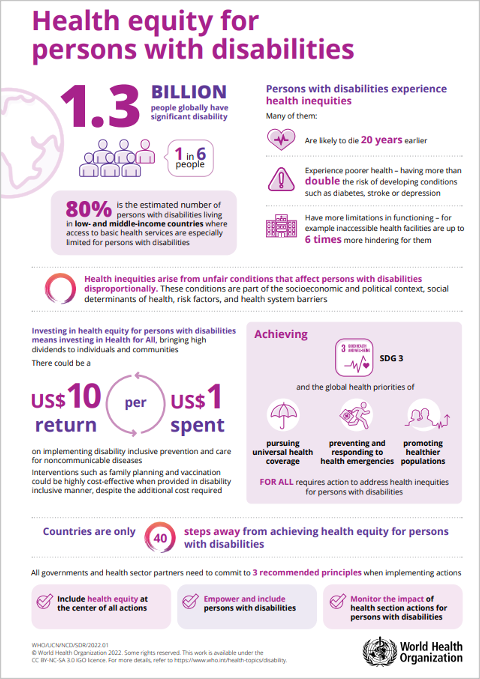
I work in Autodesk’s finance organization as Tax Director, Transfer Pricing, and am home-based in Dallas, Texas. I am also fortunate to serve as the Global Impact & Strategy Lead for Autodesk MIND Network, an employee resource group (ERG) representing topics and communities pertaining to Mental Inclusion, Neurodivergence, and Disability.
MIND Network’s mission is to serve employees with neurodivergence and disabilities of all kinds and support mental health by providing resources, support, and advocacy while educating those outside the community. Our goal is to make the invisible visible so everyone can feel understood, embraced, and empowered to bring their authentic selves to work and fully thrive within Autodesk.
During the month of October, which is National Disability Employment Awareness Month (NDEAM), we’ve been celebrating the contributions of workers with disabilities and raising awareness about the value of a workforce inclusive of their skills and talents. In addition to hosting a series of webinars about authenticity, creating and communicating boundaries at work, and a new company benefit supporting neurodivergence, we also highlighted some of our MIND Network members and shared their stories on social media.
Understanding invisible disabilities
There’s a common saying you may be familiar with: “Be kind, for everyone you meet is fighting a battle about which you know nothing.” For some, these battles are in the form of a mental, neurological, or physical disability. But they may not be obvious. According to the World Health Organization (WHO), 1.3 billion people globally live with a disability. Yet 74 percent of those with disabilities do not use anything that may visually signal their impairment to others.
I may not look like I have a disability, but I do. Ménière’s disease is an inner-ear condition that causes vertigo, along with fluctuating and permanent hearing loss, among other symptoms. For me, I am fully deaf in one ear and have “Alice in Wonderland”-style vertigo attacks from time to time. Ménière’s is like a shark circling in dark waters – I never know when it’ll bite or drag me under or for how long.

For the most part, Ménière’s isn’t visible. But when I wear my hearing aids, lose my balance, or get very nauseous, people tend to notice, and I may then need to explain myself – it can be frustrating. I’ve been very fortunate to have supportive managers who appreciate the importance of flexibility and who trust their people. They help me to manage my periods of difficulty with Ménière’s and trust my colleagues enough to ask for help when I need it.

Supporting people with disabilities in and outside of Autodesk
A Diversity & Belonging (D&B) executive with whom I worked once referenced inclusion in a more tangible way for me: Diversity is akin to being invited to a party, and inclusion is being asked to dance. Equity is ensuring that anyone can get into the building to attend the party (via steps, a door, or even an accessibility ramp), and belonging is ensuring that everyone gets to choose the music and the food. Our DEI (and broader leadership) efforts are all about ensuring we have the right party planning team.
So, how can you be more inclusive? Here are a few ways we’re focused on this at Autodesk:
- Educate yourself: Understand there are other experiences, perspectives, and cultures than your own and commit to continuous learning. At Autodesk, we offer courses, workshops, and talks to develop skills and competencies, including courses on how to support people with disabilities in the workplace and inclusive team norms.
- Use respectful language: Avoid stereotypes, assumptions, or labels that might offend or exclude someone. Adopt the “we” versus the “me.” If you are unsure which terms to use, ask the person politely. Autodesk MIND Network has a Slack channel where employees can openly talk about challenges, seek support, get recommendations, and more.
- Listen actively and seek feedback: Pay attention to what others are saying and show interest and empathy. Ask for suggestions on what you can do better or differently, keep an open mind, and be receptive to feedback. Autodesk MIND Network has a resources submission form where members can submit their favorite books, articles, podcasts, and more to help other members with disabilities, along with resources to educate allies, managers, and caregivers.
- Support others: Offer help, advice, or resources when needed; advocate for others in meetings; give recognition and praise; and support people for career development opportunities. Autodesk’s mentorship program allows mentors and mentees to note which employee resource group(s) they belong to so they can find mentors/mentees within their ERG(s).
- Offer flexibility: Research conducted by McKinsey shows that remote work options are highly valued by job seekers from underrepresented groups, including women, people of color, and individuals with disabilities. The hybrid model also empowers individuals with disabilities or caregiving responsibilities to participate fully in the workforce, leveling the playing field and enhancing inclusivity. At Autodesk, we have a hybrid-first approach where Autodeskers have the freedom to work where they’re most productive – whether that’s office-based, hybrid, or home-based.
The more awareness, understanding, and empathy we have about individuals’ disabilities, the better we can work together to create a more supportive and inclusive environment.
Learn more about Autodesk’s employee resource groups here.